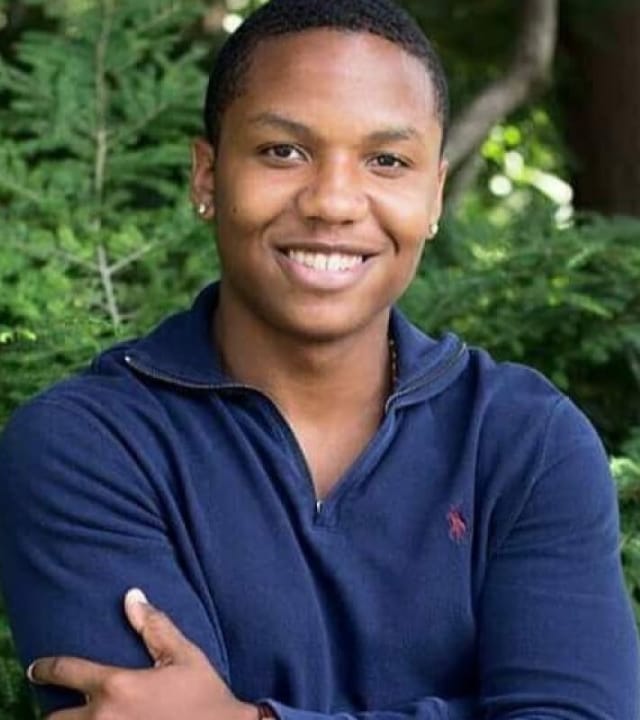The city of New York, New York, has a large population and a long history. Sadly, the city is no exception to the nationwide trend of "cold cases," or cases of missing or murdered people that have remained unexplained for years or even decades.
More than 1,300 unsolved cases dating back to 1980 have been documented in New York City alone by the National Missing and Unidentified People System (NamUs). From missing persons to murder investigations, these incidents affect people of all ages, genders, and ethnicities.
Many methods have been devised by the New York City Police Department (NYPD) to help solve cold cases and bring closure to victims' families. Using cutting-edge forensics equipment to reexamine crime scene evidence is a key tactic. DNA testing, ballistics evaluation, and other forensic methods may be used. In recent years, tremendous advances have been made thanks to the development of new technologies that have helped law enforcement agencies identify suspects and bring them to justice.
Public outreach is another tactic that can be used to find new clues and information about the cases. This can involve engaging with community organizations and advocacy groups to spread the word about the incidents and encourage individuals to come forward with any information they may have as well as making public appeals through media outlets, social media, and other platforms.
To help families of missing individuals and homicide victims deal with their grief and keep their loved ones' cases in the public view, law enforcement authorities work closely with them. The NYPD has established Victim Services to aid the families of missing individuals and homicide victims during all stages of the investigation and judicial proceedings.
Without tangible evidence or eyewitnesses, investigating cold cases can be extremely difficult. Since many of these instances were first investigated decades ago, progress may be slow if no new evidence or technology has emerged since then. The NYPD has multiple solutions to these problems.
One tactic is to re-interview previous interviewees, such as family members and witnesses, to determine whether they have any new information or if their memories have altered. Some potential witnesses may feel more at ease talking to police now than they did in the past.



